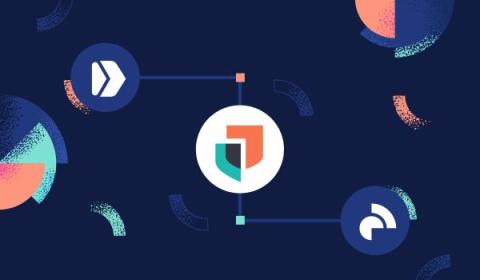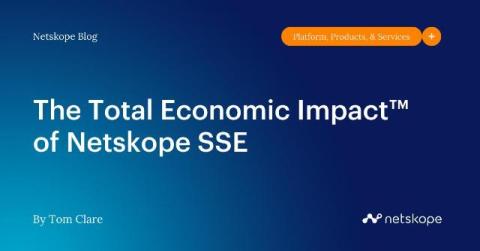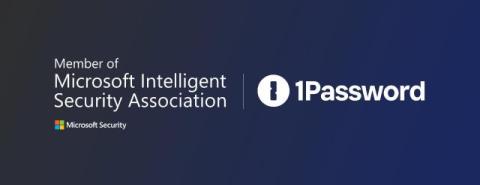The 3-2-1-1 Strategy: Protecting Your Backups Against Ransomware with NAKIVO
Following the 3-2-1-1 backup rule can ensure your Microsoft 365 data is protected and readily recoverable in any scenario, whether accidental data deletion or even ransomware encryption. Watch this short video to see how you can easily create multiple backup copies of Microsoft 365 data to comply with the 3-2-1-1 backup rule using NAKIVO Backup & Replication.











